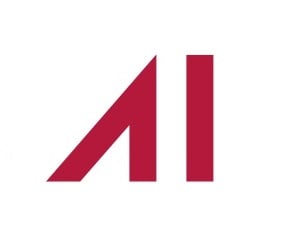In Aotearoa, we are blessed with an impressive range of landscapes. Tall rocky mountains, ragged and rolling hills, vast plains and so much more – we have it all. The only problem? Many of these places can be quite tricky to navigate.
Some of us are much more confident travelling through difficult terrain. I personally dread trying to drive safely down a steep hill with someone following just a few metres behind me. The opportunity to let others overtake or pass is usually greatly appreciated by both parties (just for reference – overtaking is when a driver uses the opposing lane to pass vehicles. Passing is when a driver lets others pass using passing facilities, such as a passing lane or slow vehicle bay).
The Road to Zero strategy is looking to make our roads safe for everyone. But many of our rural roads were carved out a long time ago, well before the Safe Systems philosophy was adopted. Sadly, over 130 people were killed and nearly 1,000 were seriously injured in overtaking-related crashes between 2015 and 2020.
Searching for a solution
With this in mind, I’ve been searching the Waka Kotahi Crash Analysis System (CAS), looking for places where a combination of traffic and poor visibility may be affecting drivers’ ability to safely overtake. In some cases this continues over a long stretch, especially in hilly, winding areas. If you’ve travelled using rural roads, somewhere might even spring to memory when I mention this (Devil’s Staircase, anyone?).

I have been exploring locations where head-on and overtaking-related crashes have occurred, which has provided a deeper insight into the potential causes. Combining hotspot areas with knowledge of traffic volumes and road curvature has helped me to find roads of interest in all corners of the country. I’m also looking at how we can automatically identify and assess sight distance across the whole road network. This can help us to find locations that might have a high risk of unsafe overtaking, or where poor visibility could lead to head-on crashes.
Taking a different approach
Mapping crash data is one way to look at it, but there are known limitations. Sometimes, location coordinates may be wrong, or even missing. Some crashes may be missing key information that would help determine whether overtaking or sight distance was a factor.
So, for my next step, it’s time put my data science skills to use. Over the next few weeks, I’ll be building a model to classify different crash types. This will help in understanding the underlying factors which may not be immediately obvious. I’ll be working through different preprocessing techniques and trying out different machine learning algorithms.
In my next blog, I’ll talk about how successful my modelling process has been, what obstacles I’ve faced so far and where I plan on taking this next.

.png?width=556&height=152&name=Abley_MasterLogo-Website%20(1).png)


